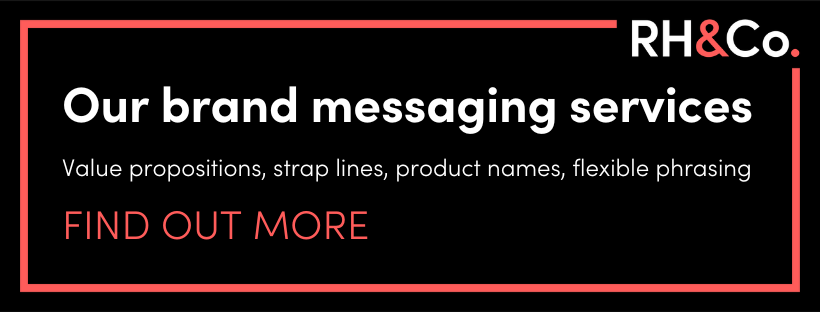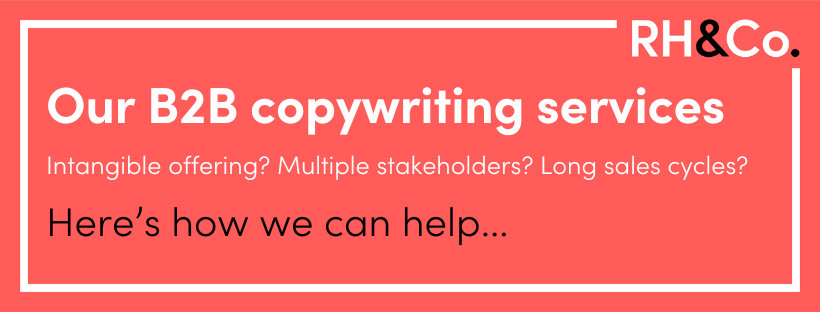

Marketers mustn’t forget features in the rush to sell benefits
Sell the sizzle, not the sausage. It’s a (somewhat) useful shortcut that sums up the importance of focusing on benefits over features. But have marketers become too obsessed with pushing benefits? Are we risking becoming the fluff merchants that the rest of the world often dismisses us as?
The truth is that when you’re buying a sausage, you almost certainly do want to know whether it’s 65% pork or 85%. You want to know if it’s Lincolnshire or Cumberland. You may want to know if the ingredients are locally sourced, or organic, or gluten free.
All of these are features, and they’re all important.
The same goes for service-based businesses, or those in the B2B space. It’s all very well to promise that your offering will save people time, money or effort (or all three) but everyone else is promising the same thing.
If you want to get people to part with their cash, you need to be able to talk about how you’re going to do this. Otherwise, you’re just churning out that marketing fluff.
If your reader isn’t in the market for a sausage, then going on about the quality of your ingredients or the fact that they’re locally sourced isn’t really going to be that helpful.
TL:DR
- Why are features important?
- When to talk about features vs benefits?
- A quick note about the difference between sausages and software
- Lumina: a real life example
Why are features important?
Buyers – of sausages and of software – are increasingly sophisticated. We have access to so much more information today than we ever have. We’ve seen marketing done well. And we’re not going to be fobbed off with vague promises any more (if, indeed, we ever were).
There’s too much marketing out there that tries to engage people in this kind of conversation:
“Hi Mx Prospect, did you know we can help increase your team’s productivity?”
“Sounds great, how?”
“By improving efficiency!”
“Yes, but how?”
“Streamlining processes! Boosting morale!”
“Sigh…”
We’re not saying you need to ditch the benefits messaging. Benefits help your audience understand how the features you’re selling will change their lives for the better. But without features to back them up, they’re too vague to get real results.

When to talk about features vs benefits
When it comes to features vs benefits, it’s important to think about the ‘when’. To keep running with a simple analogy, if your reader isn’t in the market for a sausage, then going on about the quality of your ingredients or the fact that they’re locally sourced isn’t really going to be that helpful. They’re not hungry, they don’t care.
At this early stage of the buyer journey, you do need to focus on the benefits. Paint a picture of a sunny garden, bbq crackling away, music blaring, a couple of beers and the sizzle of sauces on the grill. Better yet, go a step further and hint at the stresses of life slipping away, or key relationships being strengthened at that outdoor gathering (these are the real benefits, after all).
Now your audience is interested. Now you can talk about the features of your particular gluten free, locally sourced, 95% organic hand-reared pork sausage.
This concept is brilliantly summed up in Watertight Marketing by Bryony Thomas. She talks about the ‘logic sandwich’, which starts and ends with emotion but contains a healthy portion of meaty facts in the middle. (Whether you’re a marketer or founder, if you haven’t read it, you really must.)
A quick note about the difference between sausages and software
It’s also worth pointing out that there’s a pretty big difference between buying a packet of sausages and a new piece of software for your multinational organisation. Not least the amount the buyer is going to be spending.
In the latter case, the buyer journey is going to be an awful lot longer and more complex, with a far greater need to go beyond the fluff. Shouting about how you bring products to market faster, increase sales efficiency, or save time on back office admin won’t get more than someone’s initial attention.
What are you going to do next? How will you help your audience to become increasingly interested, to evaluate and even trial your offering? You’ll need to dig deep into the features at some point and, if you don’t, you’ll lose their attention.
By all means tie those features back to the benefits they deliver – gluten free sausage ingredients that mean little Susan doesn’t feel left out at the family BBQ, sustainably sourced pork that’s better for the environment – but don’t focus on the benefits at the expense of the features. Educate people on how one impacts the other. Give them the tools to make a good decision for themselves.

Lumina: a real life example
The Lumina employee benefits platform does a great job of tying together logic, emotional appeal and specificity. Their home page (yes, we wrote it!) says this:
Great benefits don’t just look good, they do good.
Lumina brings together a curated selection of sustainable benefit options in one easy-access online employee platform. So you can show your employees you care about them, the planet and the people who live on it.
Here, in one fell swoop, Lumina summarises what their audience is buying (an ‘easy-access online employee platform’) and what makes it different to competitors (‘a curated selection of sustainable benefit options’). Plus they drive home the associated benefits: ‘show your employees you care about them, the planet and the people who live in it.’
In short, sell the sizzle but don’t forget to be clear about what makes your particular brand of sausage better than the next manufacturer’s. Tell people how you’re going to deliver the benefits you promise and you’ll take your marketing beyond the fluff.









